Japan’s new prime minister Shigeru Ishiba has promised to help households cope with rising prices, in effect starting his campaign to voters ahead of a snap general election this month.
But Ishiba also told lawmakers in his first policy address on Friday that he would decisively conquer deflation, highlighting the delicate policy environment as Japan tries to engineer an exit from decades of virtually stagnant prices and low growth.
Ishiba’s pledges closely match the policy agenda of his immediate predecessor, Fumio Kishida, who stepped down in August. But in the face of historically low approval ratings and volatile financial markets, Ishiba, who was chosen by the ruling party to be its leader, will be forced to carry them out in what analysts called a “zero honeymoon” environment.
“It’s necessary that we provide support to those reeling from rising prices until a virtuous cycle of growth and redistribution is certainly in motion, where pay hikes outpace inflation and companies invest proactively,” Ishiba said.
He also called for restoring trust in politics, saying the government had a responsibility to earn the public’s “understanding and empathy”.
Ishiba’s first full speech to parliament followed his swearing-in as prime minister on Tuesday. The selection of the 67-year-old party veteran for the top job triggered a 5 per cent drop in Japanese stocks, and, following a flip-flop on monetary policy, the sharpest one-day sell-off in the yen in two years.
Japan will begin campaigning next week for a general election on October 27, in which analysts predict the ruling Liberal Democratic party will face the combined challenge of public concern over the economy and a reinvigorated opposition.
“Things have become really bad really quickly for Ishiba,” said Tobias Harris, founder of political risk advisory firm Japan Foresight. “He’s had literally no honeymoon. But we knew that the LDP was divided. If you start off in a position where you are heading off a party rebellion, you do not really have much room for manoeuvring.”
During his bid for leadership of the LDP, Ishiba said he favoured higher corporate taxes, a heavier levy on capital gains, a rebalancing of the US-Japan relationship and the creation of an “Asian Nato”.
None of those proposals featured in Friday’s speech. Instead, the 30-minute address to the lower house suggested a continuation of the “Abenomics” platform of the late former prime minister Shinzo Abe, over which there is less dispute within the ruling party.
Nicholas Smith, chief Japan strategist at CLSA, said the result would probably be to calm investors’ fears of drastic policy changes and ultimately benefit markets.
Analysts pointed out that Ishiba needed to build consensus within a party that is still reeling from a corruption scandal and win over a sceptical electorate.
In effect, that means maintaining policies that have guided the party for most of the past decade and improving corporate governance reform and other policies that have drawn global investors back to Japanese markets.
“Japan’s economy is in a situation where policymakers cannot now avoid the general contours of the Abenomics policy mix,” said Izumi Devalier, head of Japan economics at Bank of America.




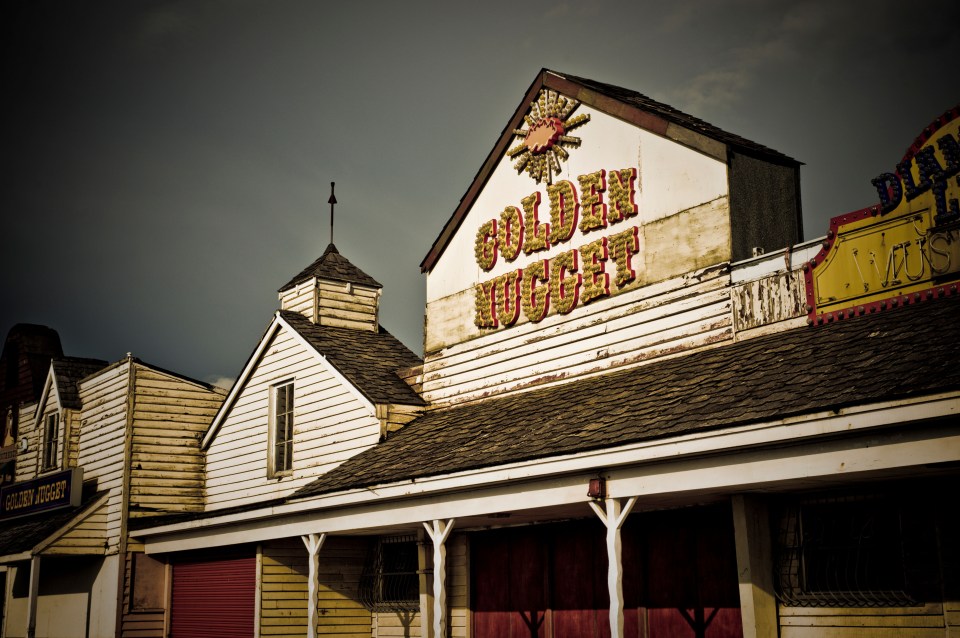

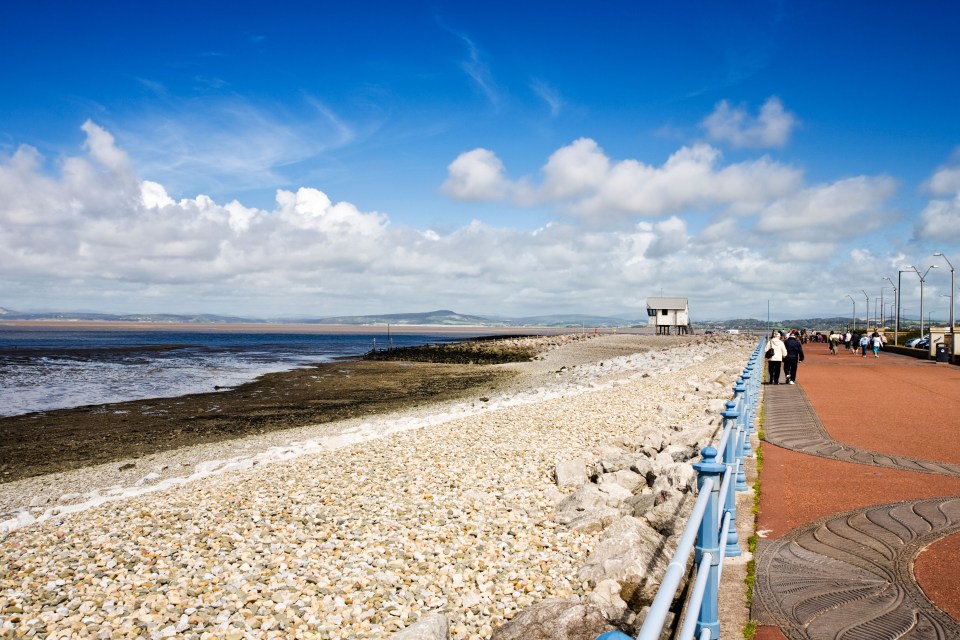
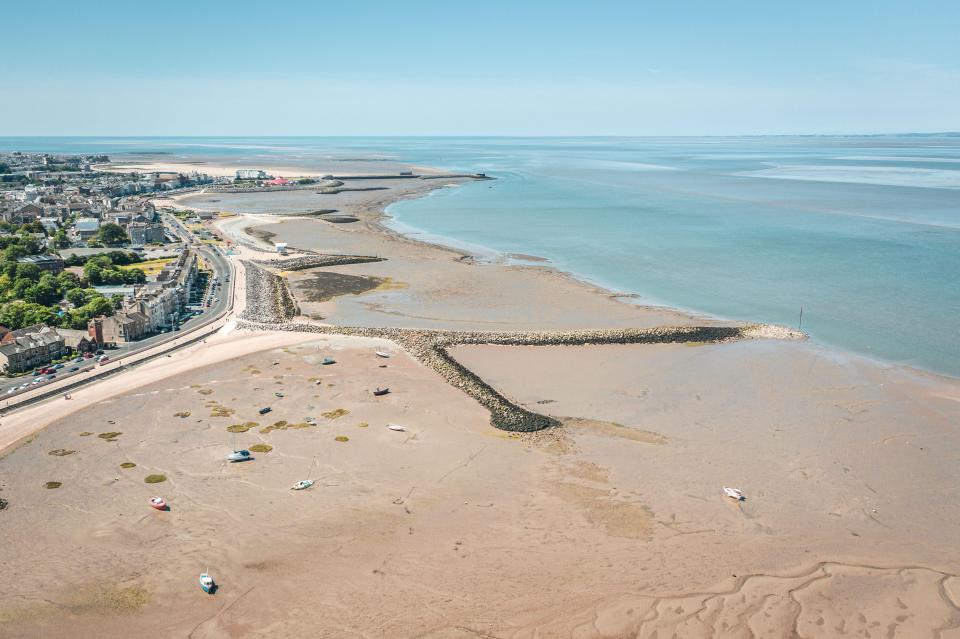
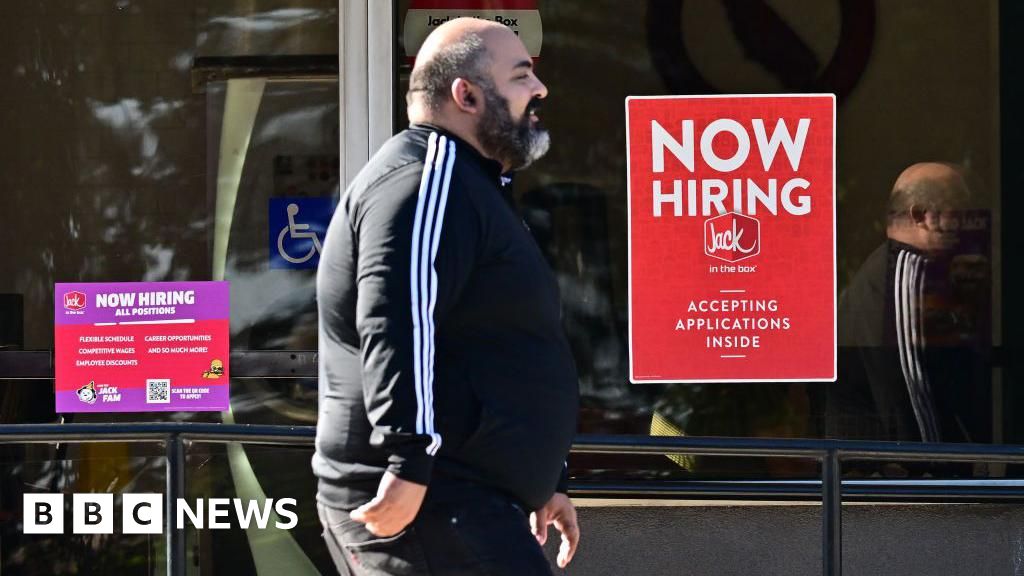
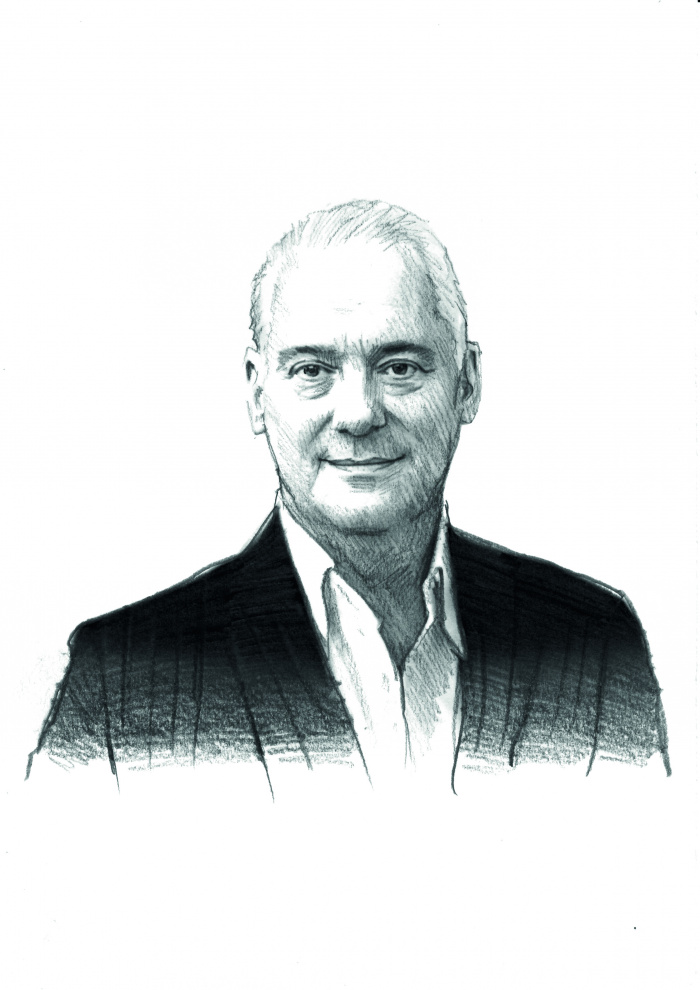



































































































































You must be logged in to post a comment Login